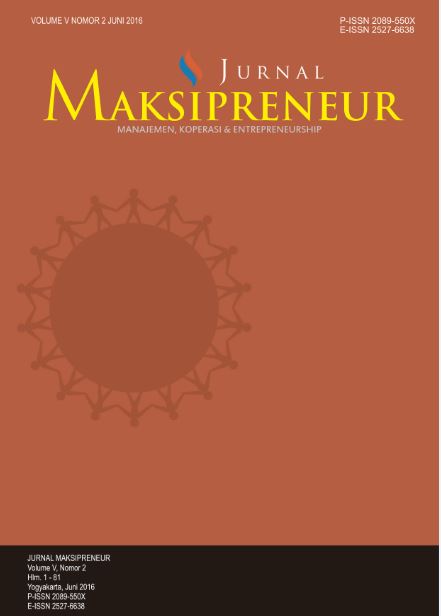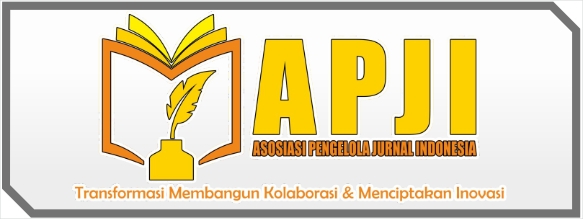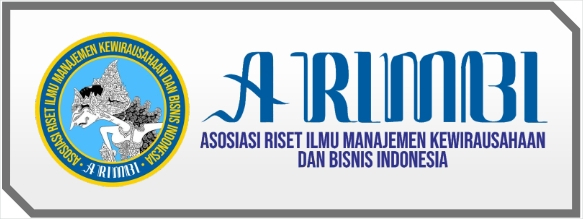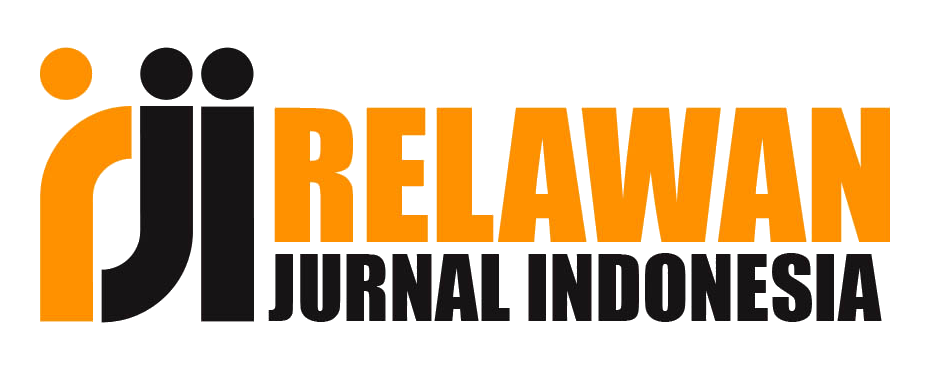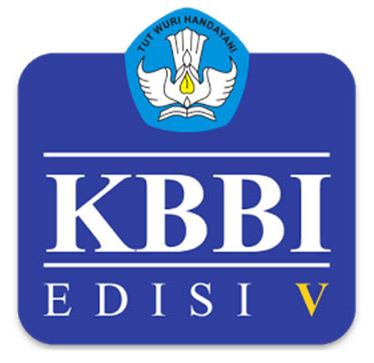Membangun Kemandirian Ekonomi Desa melalui Peningkatan Daya Saing Potensi Kekayaan Alam Perdesaan
DOI:
https://doi.org/10.30588/jmp.v8i2.396Keywords:
Economically self-sufficient village, OVOP, advantaged villages, brown sugar, natural resources, competitivenessAbstract
As many as 83% of Indonesia's territory is rural. Each region has natural resource potential. However, it is still rarely managed properly. If managed properly, it has the potential to create economic independence from each of these villages. Currently, Indonesia has a total of 70,611 villages. Of the total villages, 49.9% or 32,379 of them are underdeveloped villages. In Central Java, currently there are 40.5% of disadvantaged villages or 3,467 villages out of 8,564 villages. Village empowerment provides great benefits for the welfare of the lives of rural communities. The concept of OVOP (one village one product) is one of the concepts or models of village self- sufficiency. Research is needed to explore the potential of a village and how its development planning strategy. In the process of development, villages are empowered to be economically independent and their people's welfare will increase significantly. The study aims to identify resources, strength, weakness, opportunity, and threat factors, analyze the position of competitiveness, and formulate strategies to realize the Sunyalangu as an economically self-sufficient village. Data collection methods in this study used Secondary Data Review (SDR), Direct Observation, Semi-Structured Interview (SSI), and Focus Group Discussion (FGD), while the sample of the informants in this study were determined purposively by certain criteria or guidelines.References
BKP. 2009. Pedoman Umum Program Aksi Desa Mandiri Pangan. Badan Ketahanan Pangan Departemen Pertanian, Jakarta.
Carr, E.R. (2008). The Millenium Village Project and African Development: Problems and Potentials. Progress in Development Studies Journal, Vol 4, pp. 333-344.
Darwis, V., & Rusastra, I. W. (2016). Optimalisasi pemberdayaan masyarakat desa melalui sinergi program puap dengan desa mandiri pangan. Analisis Kebijakan Pertanian, 9(2), 125-142.
David, R Fred. (2009). Strategic Mangement Edisi 12 Jilid 1 Penerjemah : Dono Sunardi. Jakarta: Salemba Empat
Dian P, dkk. (2011). Model Pengembangan Desa Inovatif Desa Kalisari Kabupaten Banyumas. Purwokerto: FEB Unsoed.
Ditjenbun, 2011, Statistik Tanaman Perkebunan Semusim (Akar wangi, Nilam, Jarak kepyar, Serat, Sereah Wangi), Jakarta
Handayani, Wiwandari, dkk. (2012). Kajian Pengembangan Sistem Inovasi Daerah (SIDa) Kota Semarang. Journal Riptek, Vol 6, No 2, hal 1 – 16.
Hasibuan, Heru. (2014). Tinjauan Kritis Pengembangan Lokal Terhadap Desa Inovatif. Semarang: Undip.
Henderson, W. 2007. Rural Urban Inequality in Asia. CAPSA Flash, Volume 5/9 September 2007. UNESCAP-CPSA. Bogor.
IFPRI and ADB. 2007. Agricultural and Rural Development for Reducing Poverty in Asia: In Pussuit of Inclusive and Sustainable Growth. IFPRI, Washington D.C. USA and ADB, Metro Manila.
Lawrence, B. M. (2009). A preliminary report on the world production of some selected essential oils and countries. Perfumer & Flavorist, 34(1), 38-44.
Maruli, Ridho S. dan Ali, Muhammad. (2013). ”Proses Inovasi pada Klaster Kampoeng Batik Laweyan Kota Surakarta”. Jurnal Teknik PWK Vol.2 No.2
Mubyarto. 1984. Strategi Pembangunan Perdesaan, P3PK UGM Yogyakarta, 1984.
Mubyarto. 2002. Penanggulangan Kemiskinan di Jawa Tengah, Jurnal Ekonomi Rakyat. Artikel tahun I No. 7 November 2002. Jakarta. www.ekonomirakyat.org
Rochdyanto, Saiful. (2000). Langkah-langkah Pelaksanaan Metode PRA. Makalah ToT PKPI. Yogyakarta.
Sajogyo. 1982. Bunga Rampai Perekonomian Desa. Yayasan Obor Indonesia, Jakarta.
Timer, C.P. 2006. The Structural Transformation in Historical Perspective: Lesson From Global Pattern and Divergent Country.
Downloads
Published
How to Cite
Issue
Section
License
Authors who publish with Jurnal Maksipreneur agree to the following terms:
Authors retain copyright and grant the Jurnal Maksipreneur right of first publication with the work simultaneously licensed under a Creative Commons Attribution 4.0 International License that allows others to share (copy and redistribute the material in any medium or format) and adapt (remix, transform, and build upon the material) the work for any purpose, even commercially with an acknowledgment of the work's authorship and initial publication in Jurnal Maksipreneur.
Authors are able to enter into separate, additional contractual arrangements for the non-exclusive distribution of the journal's published version of the work (e.g., post it to an institutional repository or publish it in a book), with an acknowledgment of its initial publication in Jurnal Maksipreneur. Authors are permitted and encouraged to post their work online (e.g., in institutional repositories or on their website) prior to and during the submission process, as it can lead to productive exchanges, as well as earlier and greater citation of published work (See The Effect of Open Access).


